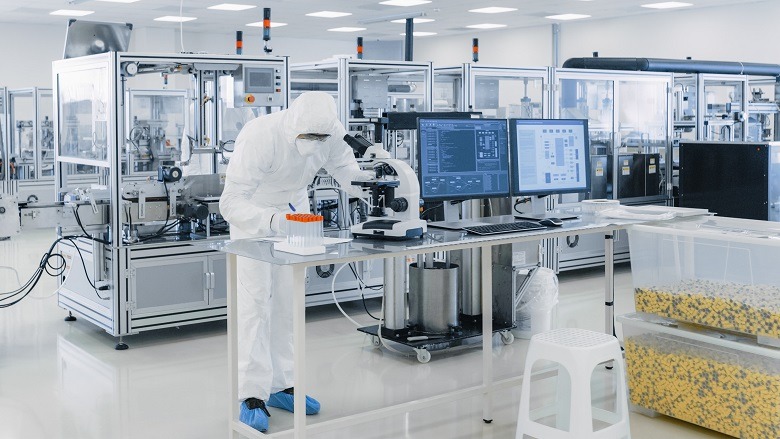hidden
Over 10 years experience of Traceability Solutions

By Pharmatrax Author
Category: Technoloy
 No Comments
No Comments
Developing countries have a path to creating their own pharmaceutical industries
In the COVID age, governments have increasingly focused on ensuring an adequate domestic supply of pharmaceuticals. The vaccine rollout across the world highlights the scarcity of these critical medicines in some countries, and many governments want to make certain they will have enhanced access to critical medicines for their populations in the future. Such
However, pharmaceutical manufacturing firms – including the typical Big Pharma companies, their contract manufacturers, or generic manufacturing firms – cannot be created in every country. The structure of the global pharmaceutical manufacturing industry is highly concentrated in a relatively small number of firms in the US, a handful of EU countries, and to a lesser extent India and China. About 42 percent of global market share is held by just 10 Big Pharma firms. These market structures are dictated by the nature of pharmaceutical manufacturing technologies. Traditional batch production technologies require huge facilities and large expensive machinery, which means that firms are also generally very big.
That means the capital requirements for these manufacturing operations are exceptionally high. For example, the top 20 generics manufacturers have asset investments in the range of $1.9 billion to $60 billion. This is a huge barrier to entry, and not all countries can afford to leverage this type of industry; nor would the global market be able to sustain so much supply if every country tried to. As a result, all other countries are reliant on companies in just a handful of countries (Figure 1).
Figure 1: Countries Exporting More than $100M of Pharmaceutical Products (2019)

So how can policy makers everywhere else begin to ensure there are no supply disruptions? In the past, there were only two ways for countries to solve this problem; (i) invest in stockpiles and inventory, which is costly, inefficient, and doesn’t address challenges related to the manufacture of new therapies (like the COVID vaccines); or (ii) pursue an import substitution policy by investing in state-owned pharmaceutical companies. Unfortunately, this type of government-administered policy carries risks. Investments by state- owned manufacturers are unlikely to match the efficiency of market-based players and the costs may ended up getting socialized in the government’s budgets over the long term.
Going with the Flow: Market Perspectives on Disruptive Tech
Fortunately, a new option may be on the table. While past pharmaceutical manufacturing used traditional batch manufacturing technologies, now there is an emerging class of continuous-flow manufacturing technologies, which have the potential to disrupt the market. This type of process has been used in other industries for years, but it is relatively new in the pharma space.
Flow manufacturing processes have several advantages over more traditional methods. Typically, they are more automated, and require less inventory, less energy (and carbon!) and less down time between batches. They also require smaller-scale production facilities. As a result, the investment costs are much more reasonable as well. Capital expenditures for such technologies are estimated to be 20–76 percent lower than for traditional manufacturing, and savings on operating expenses could be as high as 40 percent. This makes it economical to produce small series batches too, meaning they can have very flexible production lines between different types of drug classes, allowing such firms to diversify their production more easily. While biopharmaceutical flow technology is still in its early days, it is being developed to deliver an ever-expanding range of drug classes (including some biologics).
All of these factors could enable the evolution of a less concentrated manufacturing industry. Why aren’t more disruptive manufacturers investing in this? For one, the precision instrumentation and flow manufacturing technologies that enable this manufacturing process are still very new, and its practically much harder to get working. Moreover, most countries don’t have the regulatory capacity to inspect the manufacturing processes. Continuous manufacturing facilities are mostly being piloted in the advanced jurisdictions of the US, EU, Japan, and a few other developed countries where government strategies have been pushing the adoption.
Given the complexity of this new way of manufacturing, there are several market/governance failures that are preventing firms from adopting these newer technologies. As Operation Warp Speed demonstrated through a similar technological adoption challenge, well-designed industrial policy can have a role in accelerating technological advances when capital and commercial risk are both barriers to adaptation. In this well-known case, advanced procurement by the US government provided vaccine manufacturers the commercial security to invest in more advanced mRNA production facilities, which require fundamentally different technologies than traditional vaccines. This allowed a much more rapid investment than would have otherwise been possible.



